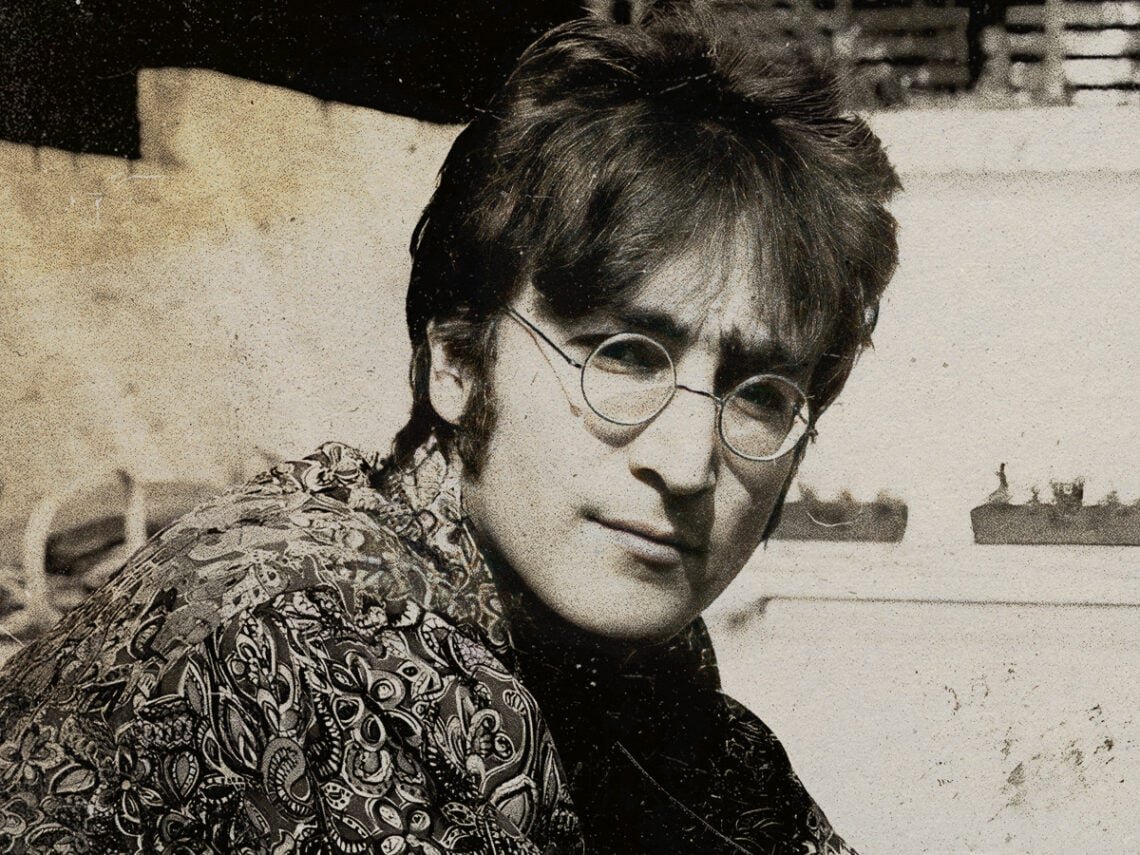Unraveling the enigma of love, an emotion that defies explanation, stands as a testament to our innate incapacity to articulate its essence. John Lennon, an icon adorned with global adoration and surrounded by the omnipresence of Beatles records and memorabilia, found himself ensnared in the inexplicable grip of love. Despite having the world at his fingertips, the allure of love propelled his heart into uncharted territories, prompting unprecedented actions from the seasoned songwriter.
The union of John Lennon and Yoko Ono on March 20th, 1969, marked a pivotal chapter. Following an intoxicating honeymoon in Paris, Lennon, brimming with exhilaration and immersed in love, felt an urgent need to immortalize his emotions in music. Undeterred by the absence of two Beatles, he enlisted the company of Paul McCartney and hastened to the studio, translating the pulsating rhythms of his heart into audible expressions.
Lennon’s swift response in crafting this song finds justification in the ephemeral nature of raw emotion. Drawing upon his extensive songwriting expertise, he understood the potency of capturing feelings in their nascent state. The honeymoon, a fleeting interlude saturated with love, became the crucible for this musical endeavor, an opportunity Lennon seized without delay.
Reflecting on the genesis of the song, Lennon remarked, “It was very romantic. It’s all in the song, ‘The Ballad of John and Yoko,’ if you want to know how it happened, it’s in there.” He painted a vivid picture of his wedding, describing the magical evening in Gibraltar as a sun-drenched dream. The urgency to encapsulate these moments in music emanated from the fragility of the love-induced mist, dissipating swiftly with time.
The choice of the word “dream” adds a layer of complexity to Lennon’s creative impetus. Dreams, vivid and lucid upon waking, often lose their clarity as time separates the dream world from reality. Lennon, cognizant of this temporal fragility, propelled himself into action before the love-infused dreamscape faded into oblivion.
In crafting ‘The Ballad of John and Yoko,’ Lennon departed from his usual calculated approach to songwriting. Instead, he embraced a form of musical journalism, recounting the events with journalistic precision rather than weaving a romantic and imaginative narrative. He classified the song as a folk ballad, emphasizing its role as a chronicle of events rather than a lyrical composition.
This deviation from his customary cerebral songwriting approach underscores the urgency to externalize his emotions. Lennon’s heart dictated the narrative, bypassing the usual contemplative process. The result is a song as unfiltered and unpolished as the very moment of its inception.
